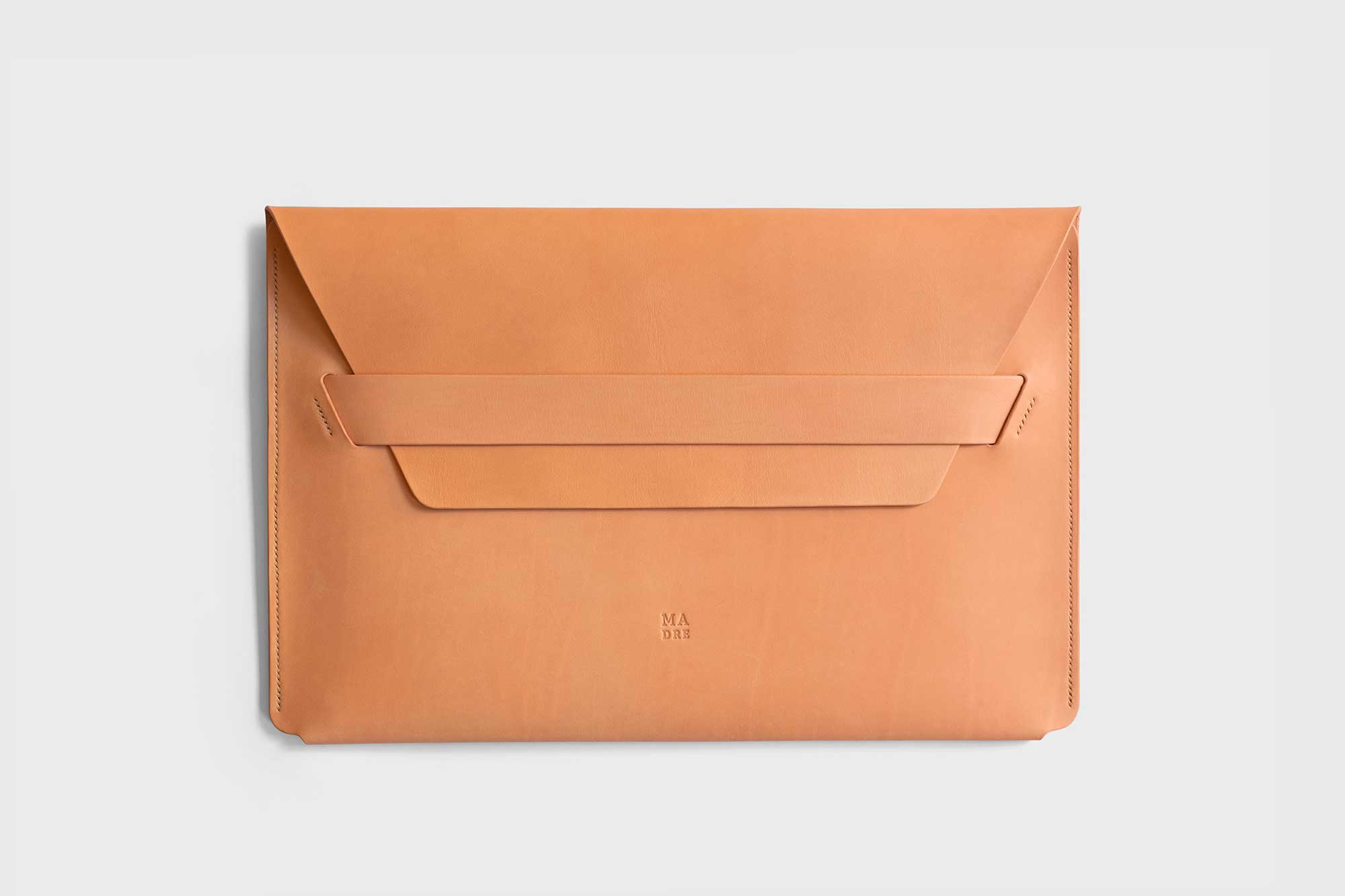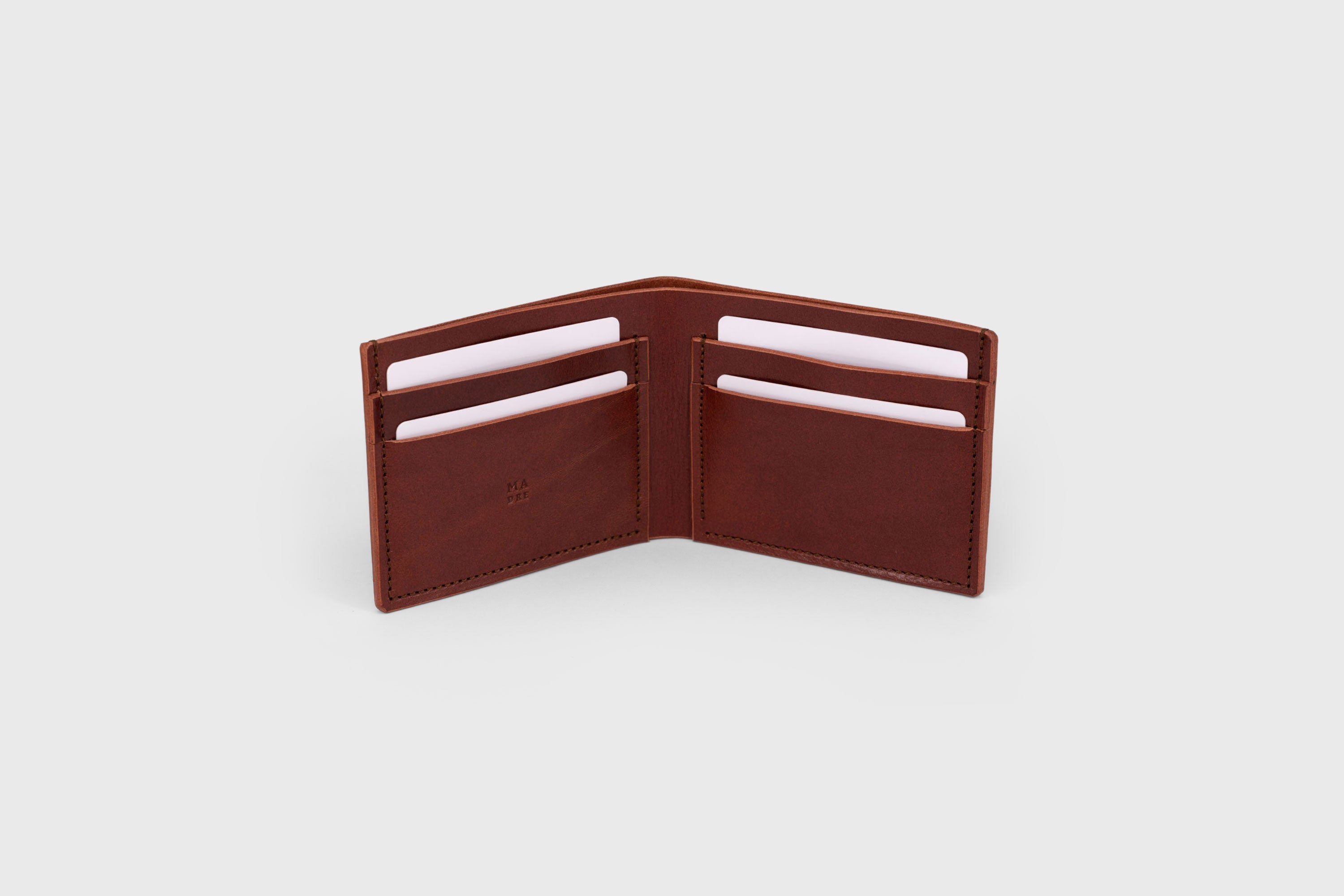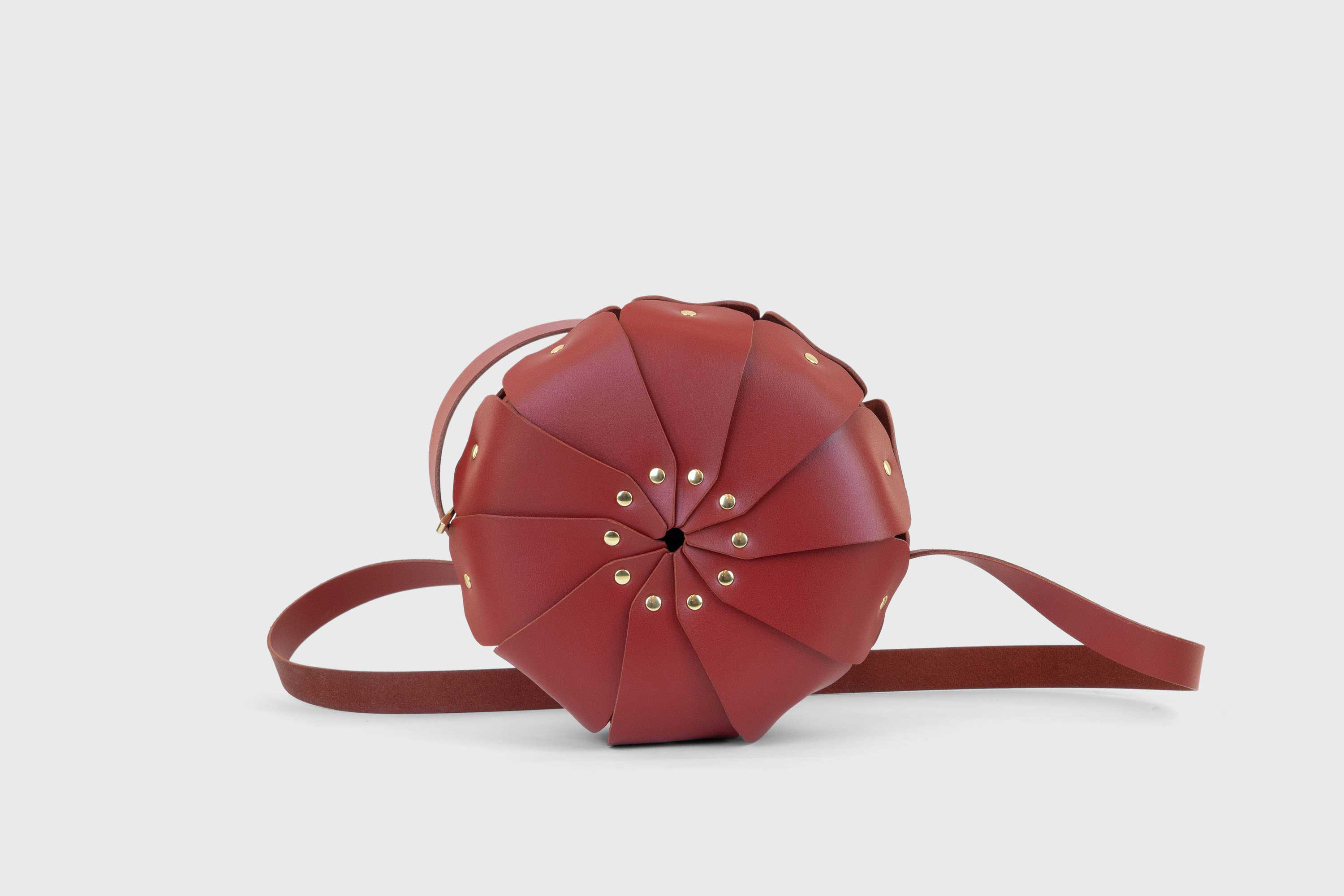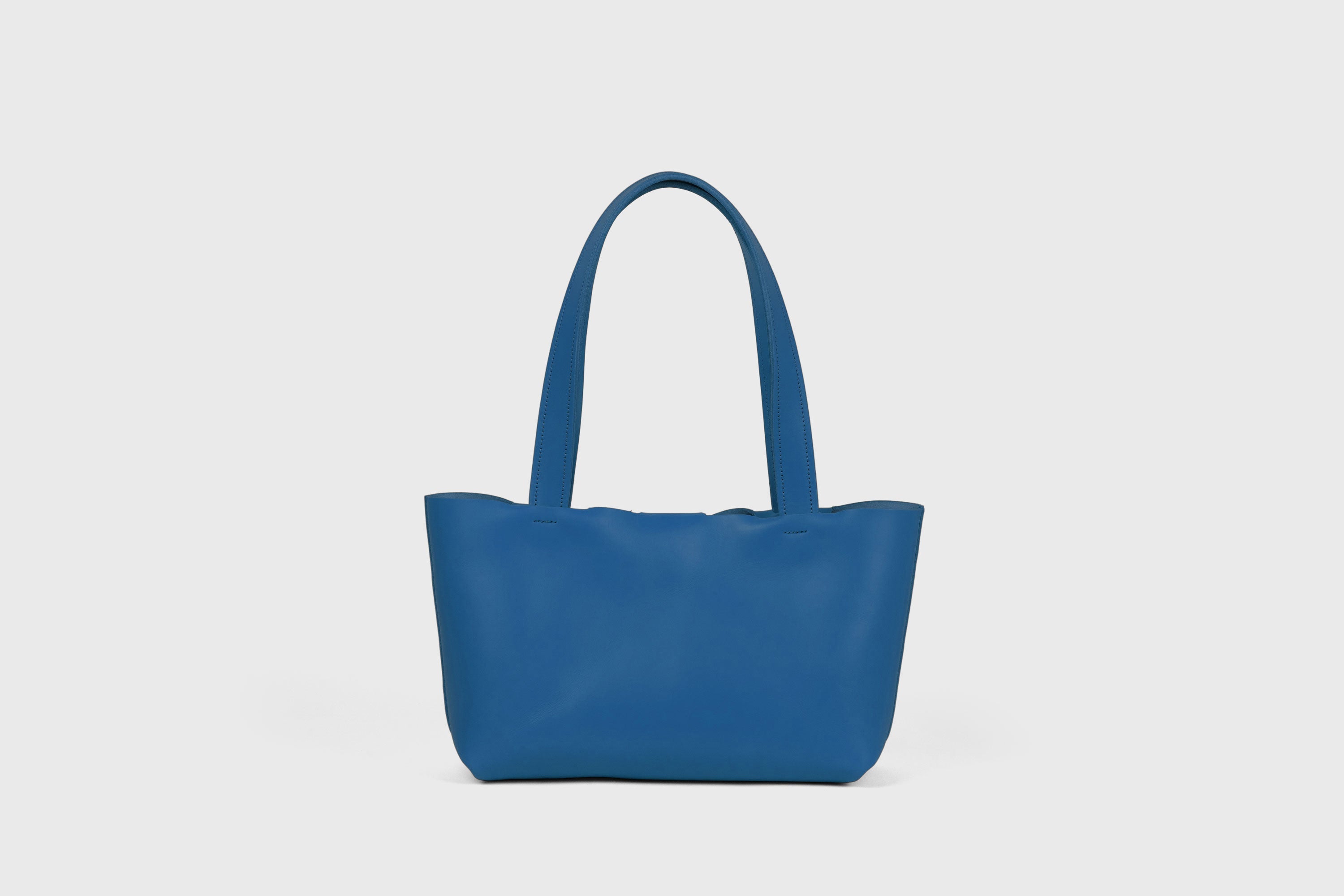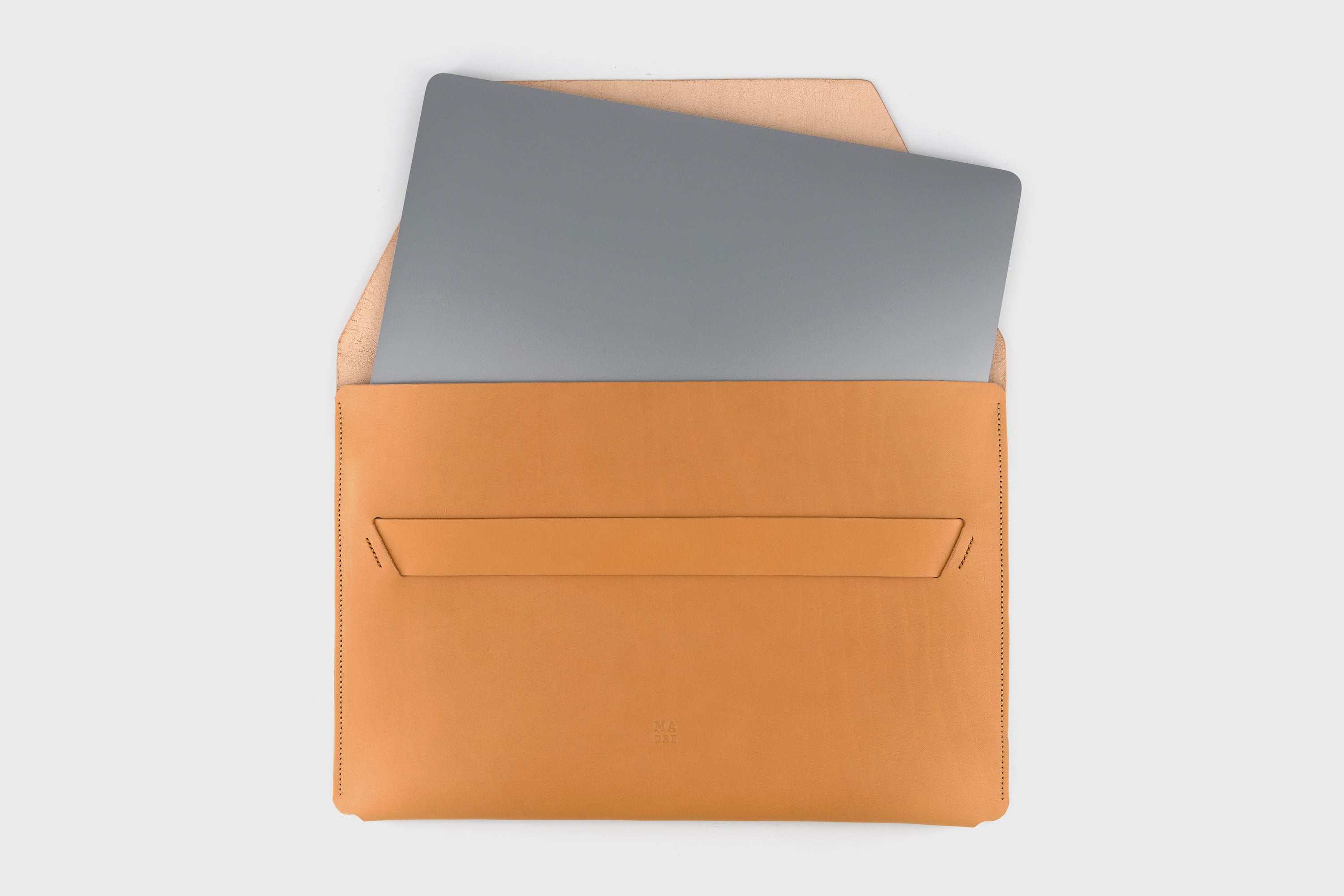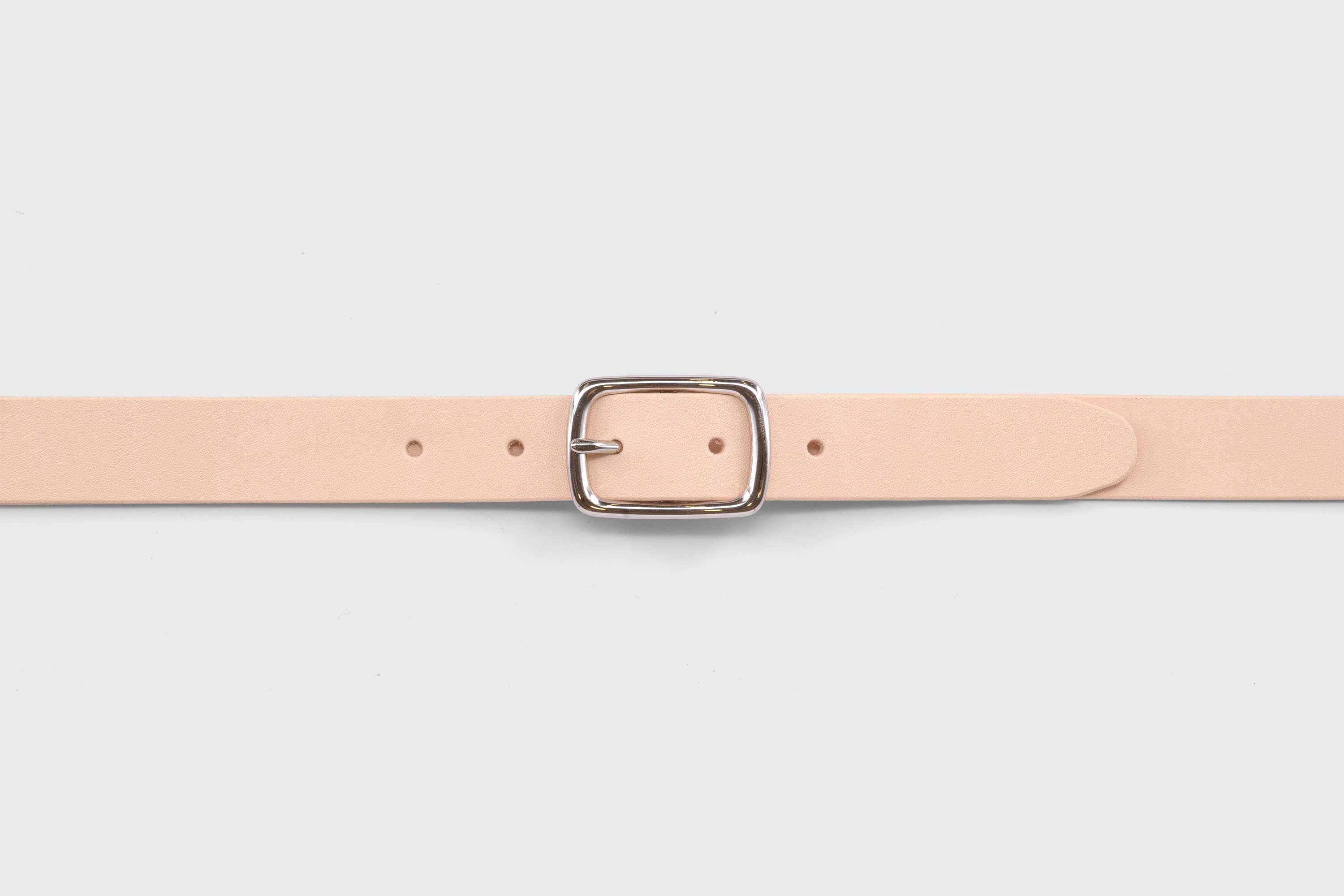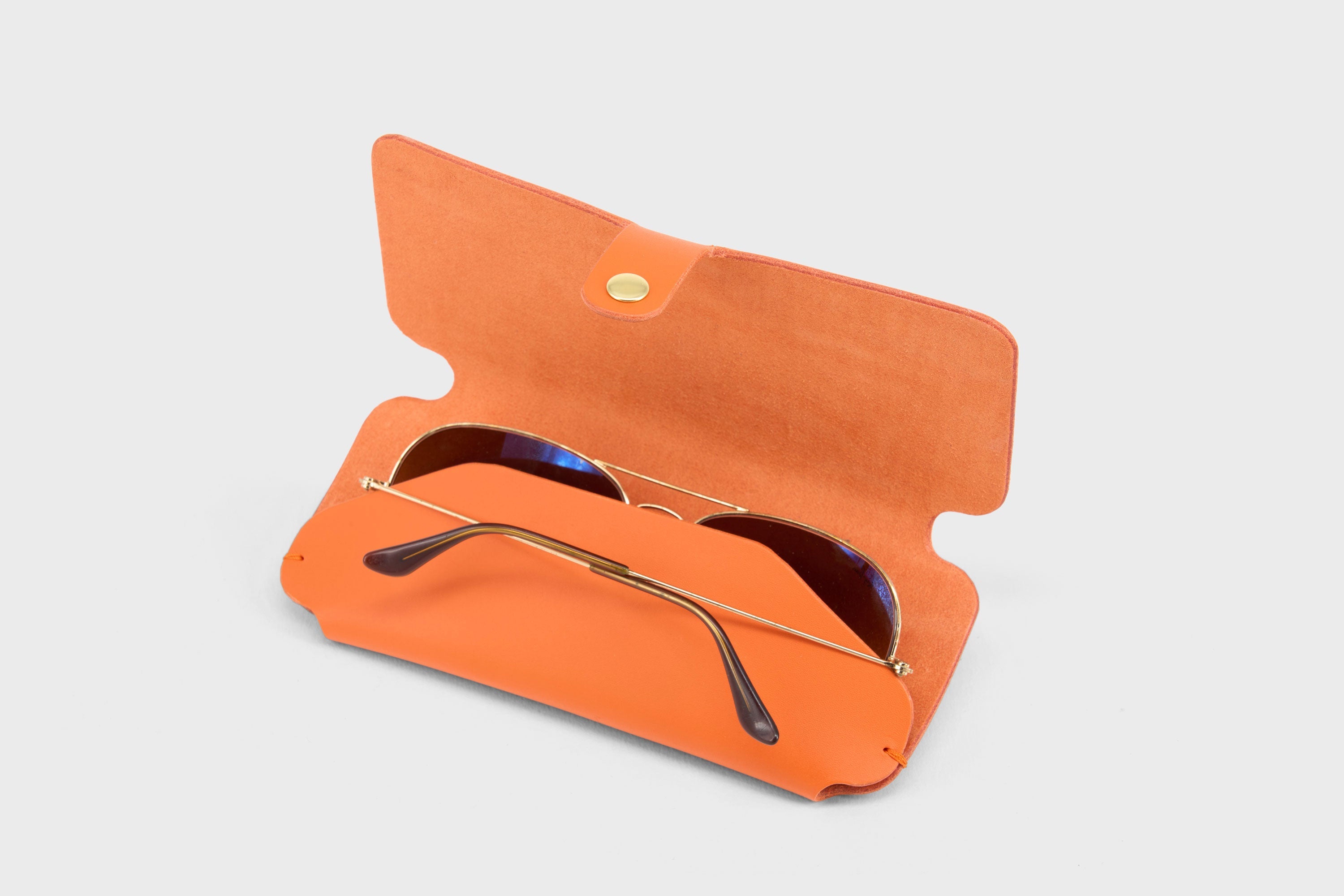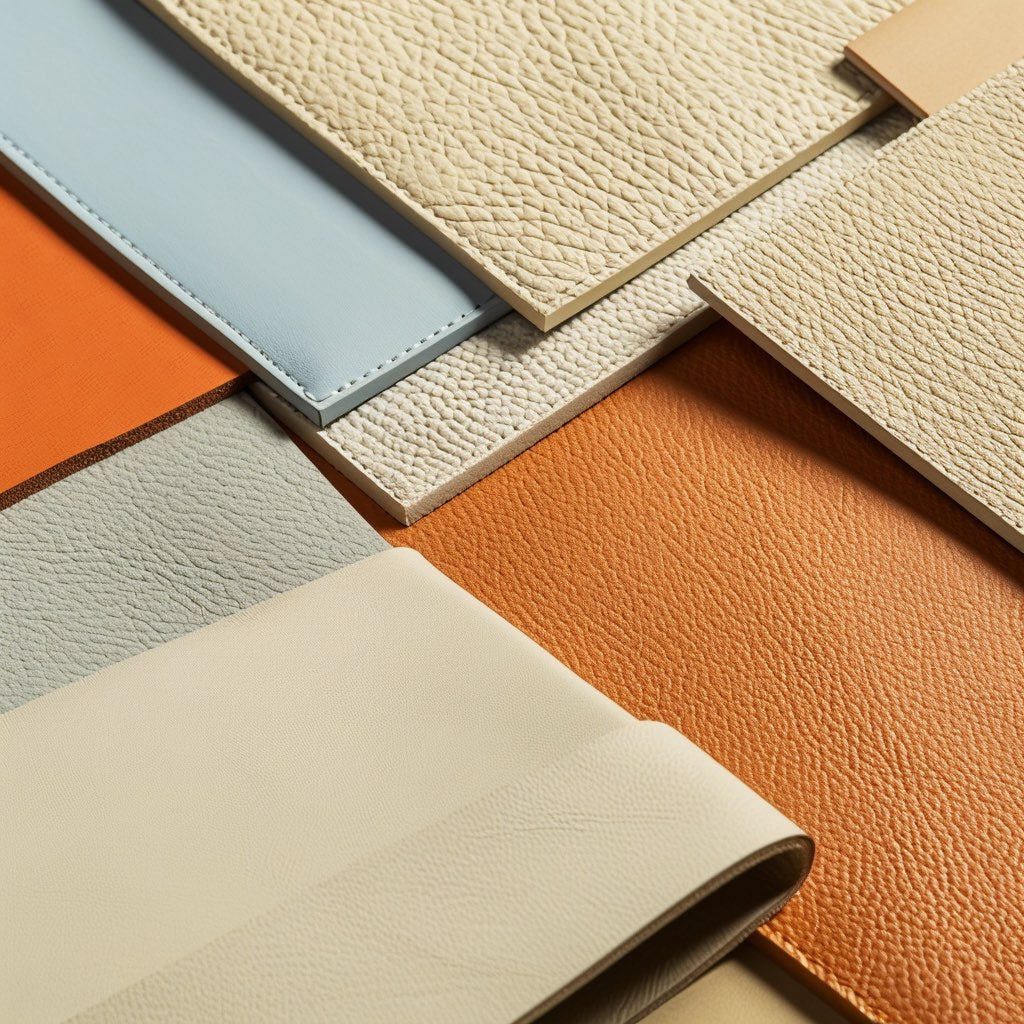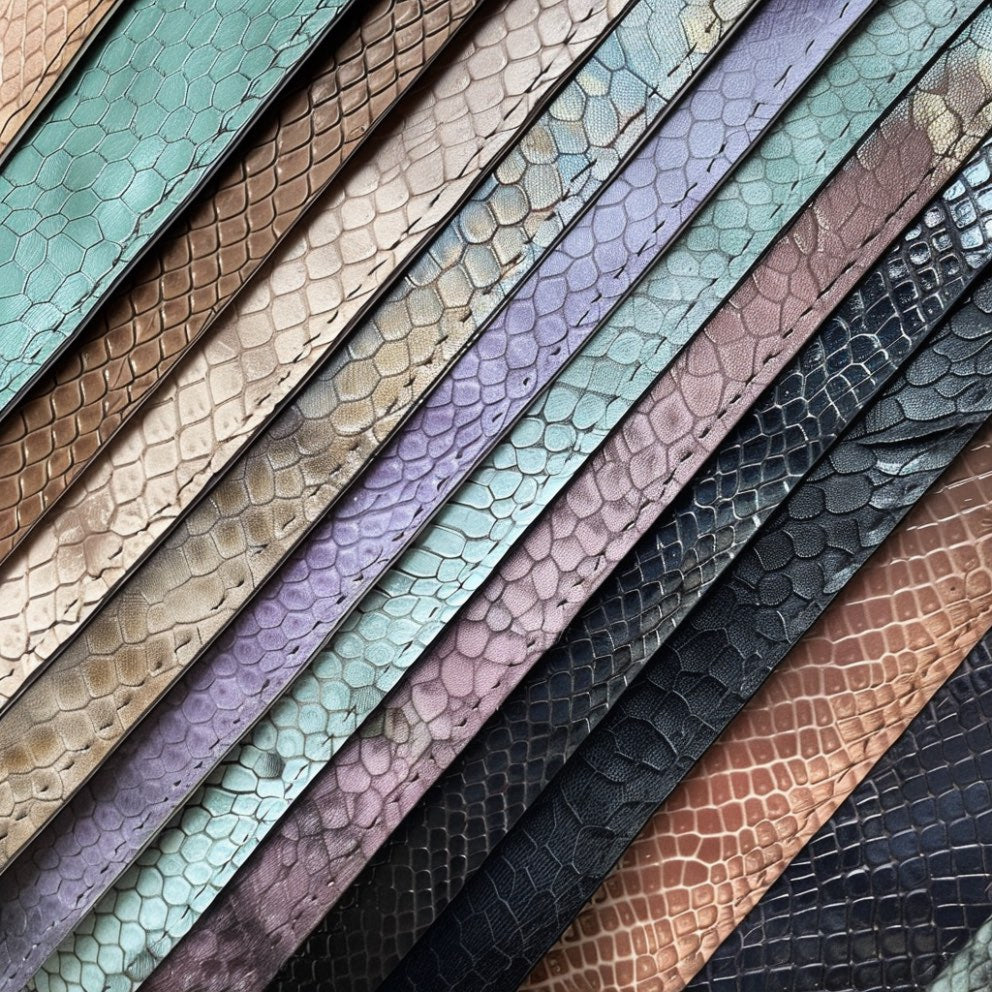
Fish Leather - Catch of the day in Eco Fashion
In recent years, a unique material has been making waves in both the fashion industry and beyond, catching the attention of designers, consumers, and environmentalists alike. This material is fish leather, a sustainable and innovative alternative to traditional leather, derived from fish skins that would otherwise go to waste. Unlike the more commonly known leather made from cows or sheep, fish leather comes from a source that is abundant and often overlooked. Its rise in popularity is not just a trend but a shift towards more responsible and eco-friendly materials.
Fish leather is not a new invention. Indigenous communities around the world have been using fish skins for centuries, crafting durable and water-resistant garments and accessories. However, it is only recently that modern technology and sustainable practices have brought fish leather into the spotlight as a viable alternative to traditional leather. This shift is driven by a growing awareness of environmental issues and a desire for more sustainable lifestyle choices.
What makes fish leather so appealing? For starters, it boasts a unique texture and pattern, varying from one type of fish to another, which can range from the subtle scales of salmon to the more pronounced patterns of tilapia. Furthermore, fish leather is surprisingly durable, offering a compelling combination of beauty and resilience that is suitable for a wide range of applications, from fashion accessories like bags and shoes to upholstery and even car interiors.
This blog post aims to explore everything there is to know about fish leather: its history, how it's made, its benefits, and the challenges it faces. We will also look at how it's used in the fashion world and other industries, how to care for it, and address some common concerns, such as whether or not it smells like fish. The world of fish leather will reveal why this material is not just a passing trend but a sustainable choice that could play a significant role in the future of manufacturing and design.
With a focus on sustainability and innovation, fish leather represents a fascinating intersection of tradition and modernity. As we explore the ins and outs of fish leather, it becomes clear that this material is more than just an alternative to traditional leather; it's a promise to what's possible when we rethink our resources and how we use them.
The History of Fish Leather
Long before fish leather became a buzzword in the realms of fashion and sustainability, it was a material deeply ingrained in the culture and survival of indigenous communities across the globe. From the shores of Scandinavia to the banks of the Amazon, people recognized the value of fish skins, transforming them into durable, water-resistant clothing, footwear, and tools. This ingenious use of resources demonstrates an early understanding of sustainability and the importance of utilizing every part of an animal.
In places like Iceland, the use of fish leather dates back to the times of the Vikings, where it was used not just for its durability but also for its insulation properties in the harsh Northern climate. Similarly, indigenous peoples in North America developed methods to soften and treat fish skins, creating garments and accessories that were both functional and beautiful. These practices were not just about utility but also carried significant cultural and artistic value, with intricate designs that reflected the communities’ connection to their environment.
It's important to recognize that the practice of turning fish skins into durable leather-like materials indeed has roots in various cultures across the globe, including China. China, with its long history and rich cultural heritage, has been home to numerous innovations and traditional crafts, including the use of fish skins. It is plausible that techniques for processing fish leather were developed and utilized in China, given the country's extensive history of textile and material innovation, as well as its geographic diversity and abundance of waterways, which would have provided ample fishing resources. In traditional societies, the practice of using every part of an animal would have naturally included making use of fish skins, potentially leading to the development of fish leather techniques.
China, with its long history and rich cultural heritage, has been home to numerous innovations and traditional crafts, including the use of fish skins. It is plausible that techniques for processing fish leather were developed and utilized in China, given the country's extensive history of textile and material innovation, as well as its geographic diversity and abundance of waterways, which would have provided ample fishing resources. In traditional societies, the practice of using every part of an animal would have naturally included making use of fish skins, potentially leading to the development of fish leather techniques.
Despite its ancient roots, fish leather's way into the modern world was not straightforward. As industrialization took hold and cheaper, more easily produced materials became available, the traditional methods of creating fish leather were largely forgotten in many parts of the world. It wasn’t until the rise of the modern environmental movement, with its emphasis on sustainability and ethical sourcing, that fish leather began to regain its status as a valuable and innovative material.
Today, the resurgence of fish leather is fueled by both technology and a growing consciousness around environmental issues. Modern tanning and production methods have made it possible to produce fish leather that is not only strong and versatile but also consistent in quality and available in a variety of finishes and colors. This has opened up new possibilities for fish leather, allowing it to move beyond its traditional uses and into the mainstream market.
The story of fish leather is a broader narrative about the importance of looking to the past to find solutions for the future, especially in our quest for more sustainable and ethical materials. As we continue to explore the potential of fish leather, it’s clear that this ancient material has a significant role to play in the modern world, bridging the gap between tradition and innovation.
What is Fish Leather?
Fish leather is an intriguing material that stands out for its unique properties and sustainability credentials. At its core, fish leather is made from the skins of fish - a byproduct of the fishing industry that is often discarded or underutilized. Through a specialized tanning process, these skins are transformed into leather, a material that is not only beautiful and durable but also carries a lower environmental footprint compared to traditional leathers.
Unlike the leather most are familiar with, which comes from mammals like cows and sheep, fish leather comes from a variety of fish species. Each type of fish skin offers a different texture, pattern, and strength, making fish leather incredibly versatile. Some of the most commonly used fish for leather include salmon, cod, and tilapia, though other species are also utilized depending on availability and specific characteristics desired in the final product.
The distinct scales patterns of fish skins give fish leather its unique appearance, making each piece one-of-a-kind. This aspect is particularly valued in the fashion industry, where uniqueness and texture are highly sought after. Moreover, fish leather is not only about aesthetics; it is incredibly strong and durable due to the cross-fiber structure of fish skins. This makes it a suitable material for a wide range of products, from high-end fashion accessories to durable upholstery.
Fish leather's rise in popularity is also closely tied to its environmental benefits. The fishing industry generates a significant amount of byproduct, much of which goes to waste. By turning fish skins into leather, we're making use of a resource that would otherwise be discarded, reducing waste and encouraging more sustainable practices within the industry. Additionally, the tanning process for fish leather can be more environmentally friendly than that of traditional leather, particularly when using less toxic methods and chemicals.
In essence, fish leather is a material that captures the imagination and offers a practical, sustainable alternative to traditional leather. Its production not only helps reduce waste but also provides an eco-friendly option for designers and consumers looking for materials that reflect a commitment to sustainability. As awareness and appreciation of fish leather grow, it is set to become a key player in the movement towards more responsible material choices in various industries.
The Production Process of Fish Leather
Understanding how fish leather is made sheds light on its sustainability and the craftsmanship involved in transforming fish skins into a luxurious material. The production process is intricate, blending traditional techniques with modern innovations to ensure quality and durability while minimizing environmental impact.
Step 1: Sourcing the Skins
The making of fish leather begins with the sourcing of fish skins, which are byproducts of the fishing industry. These skins usually come from fish processing plants where the primary products are meat and other edible parts. Instead of discarding the skins, they are collected for leather production, turning potential waste into valuable material. Salmon, cod, and tilapia skins are among the most popular, chosen for their strength, texture, and size.
Step 2: Cleaning and Preparation
Once collected, the fish skins undergo thorough cleaning to remove scales, flesh, and any other residues. This step is crucial for ensuring the purity of the material, which in turn affects the quality of the final product. After cleaning, the skins are soaked in a solution to soften them and prepare them for the tanning process.
Step 3: Tanning
Tanning is a key step in transforming fish skins into durable leather. It involves treating the skins with tanning agents that prevent decomposition and prepare the leather for further processing. There are various tanning methods, including vegetable tanning, which uses natural plant materials, and chrome tanning, known for its efficiency and the vibrant colors it produces. Some producers of fish leather opt for more environmentally friendly tanning methods to reduce the production's environmental impact.
Step 4: Dyeing and Finishing
After tanning, the fish leather can be dyed a wide range of colors. Natural or synthetic dyes are used, depending on the desired outcome and the sustainability practices of the manufacturer. The finishing process follows, which may include adding a protective coating, embossing patterns, or other treatments to enhance the leather's appearance, texture, and durability.
Step 5: Quality Control and Dispatch
The final step is strict quality control, ensuring each piece of fish leather meets the high standards expected by customers. This involves checking the leather for any defects, consistency in color and texture, and overall durability. Once approved, the fish leather is ready to be dispatched to designers, manufacturers, and artisans worldwide.
The production process of fish leather is a testament to the potential of sustainable manufacturing practices. By valuing what would otherwise be waste and using eco-friendly methods, this process not only produces a material that is luxurious and unique but also aligns with the growing demand for ethical and environmentally responsible products.
Benefits of Fish Leather
Fish leather is more than just an alternative material; it offers a unique combination of benefits that make it particularly appealing in today’s market, where sustainability, durability, and uniqueness are highly valued. Let's explore the key advantages of using fish leather.
Durability and Strength
One of the most surprising aspects of fish leather is its exceptional durability and strength. Thanks to the natural cross-fiber structure of fish skin, fish leather is remarkably robust, offering greater resistance to wear and tear compared to some traditional leathers. This makes it an excellent choice for items that require a durable material, such as footwear, bags, and even furniture upholstery.
Unique Aesthetic Appeal
Fish leather stands out for its unique texture and pattern, which varies significantly from one fish species to another. The natural scale patterns create a distinctive look that is difficult to replicate with other materials, making fish leather products highly sought after for their aesthetic appeal. Designers value fish leather for the way it adds a luxurious and exotic touch to their creations, whether in fashion, accessories, or interior design.
Environmental Benefits
The sustainability of fish leather is a significant advantage. By utilizing skins from the fish processing industry, fish leather production helps reduce waste and make the most of existing resources. Moreover, when produced using eco-friendly tanning methods, fish leather has a much lower environmental impact than traditional leather production, which is often criticized for its use of harmful chemicals and its contribution to deforestation and water pollution.
Versatility
Fish leather’s versatility is another key benefit. It can be dyed in a wide range of colors and finished with various techniques to achieve different textures and effects. This adaptability makes it suitable for a wide array of products, from high-end fashion items like dresses and handbags to practical applications like book covers and car interiors.
Ethical Considerations
For consumers concerned with animal welfare, fish leather offers an ethical advantage. Since it is made from byproducts of the fishing industry, it does not require additional farming or breeding of animals for their skins. This aspect makes fish leather an appealing option for those looking to make more ethical choices in their consumption without compromising on quality or luxury.
Challenges and Considerations
While fish leather presents a promising sustainable alternative to traditional leather, its way from niche to mainstream faces several hurdles. Understanding these challenges is crucial for appreciating the complexities involved in producing and commercializing this innovative material.
Sourcing and Scalability
One of the primary challenges lies in the sourcing of fish skins. Although they are a byproduct of the fishing industry, collecting them in a quality and quantity that meets the demand for leather production can be difficult. The logistics of gathering, preserving, and transporting fish skins from various processing plants to tanning facilities require careful coordination and can introduce significant costs.
Moreover, scalability remains an issue. The global leather industry is vast, and fish leather currently represents only a small fraction of it. Scaling up production without compromising on environmental standards or the quality of the leather requires investment, innovation, and time. There's also the matter of ensuring a consistent supply of fish skins, which can be influenced by factors such as fishing seasons, regulations, and changes in consumption patterns.
Environmental Considerations
Although fish leather is touted for its sustainability, the environmental impact of its production process is not negligible. Tanning, in particular, can be resource-intensive and polluting, especially if done using traditional methods. Producers must navigate the challenge of minimizing the use of harmful chemicals and water while still achieving the desired quality and durability of the leather.
Furthermore, there's a need for a holistic approach to sustainability. This includes considering the environmental impact of fishing practices, the energy used in production, and the end-of-life of fish leather products. Ensuring that fish leather is a truly sustainable option involves addressing these aspects comprehensively.
Market Perception and Education
Another significant challenge is changing market perception. Despite its benefits, fish leather is still relatively unknown to many consumers and designers. There may be preconceived notions about its durability, appearance, or even its smell. Overcoming these perceptions requires education and awareness-raising about the qualities, uses, and sustainability benefits of fish leather.
Additionally, there's a need for greater transparency in the production process. Consumers are increasingly demanding to know where and how their products are made. Providing this information for fish leather products can help build trust and interest in this material.
Price and Accessibility
Finally, the price point of fish leather can be a barrier. The specialized production process, combined with the challenges of sourcing and sustainability, often results in a higher cost compared to some traditional and synthetic leathers. Making fish leather more accessible to a wider range of consumers and designers involves finding ways to reduce costs without compromising on the material's quality or environmental benefits.
Fish Leather in Fashion
Fish leather is making a splash in the world of fashion, and for good reasons. Designers are always on the lookout for something new and exciting, and fish leather fits the bill perfectly. It's not just about looking good; it's also about making a positive impact on the planet. Let's talk about how fish leather is used in fashion and why it's becoming a favorite among designers and fashion enthusiasts.
Unique and Cool
First off, fish leather is incredibly unique. Each piece has its own pattern, texture, and feel, thanks to the different types of fish skins used. This means that every item made with fish leather is one of a kind. Whether it's a pair of shoes, a handbag, or a wallet, fish leather adds a touch of uniqueness that's hard to find with other materials.
Durable and Versatile
But it's not all about looks. Fish leather is also super durable. It can withstand wear and tear, making it perfect for everyday items that need to last. Plus, it's versatile. Designers are using fish leather to create a wide range of products, from luxury fashion accessories to casual wear. It's proving to be a flexible material that can suit different styles and preferences.
Eco-Friendly Fashion
One of the biggest reasons fish leather is gaining popularity in fashion is its eco-friendly edge. The fashion industry is increasingly aware of its environmental impact, and fish leather offers a more sustainable option. It's made from fish skins that would otherwise go to waste, reducing waste and making use of existing resources. Plus, with more eco-friendly tanning processes, fish leather is becoming a go-to choice for sustainable fashion.
Leading the Way
Several fashion designers and brands are leading the way in using fish leather. They're showcasing how this material can be both beautiful and sustainable. From high-end fashion runways to boutique labels, fish leather is making its mark. It's not just a novelty; it's a material that's here to stay, offering a perfect blend of style, durability, and sustainability.
A Growing Trend
As more people look for sustainable and ethical fashion choices, fish leather's popularity is only going to grow. It represents a shift towards materials that are kinder to the planet without compromising on style or quality. Fish leather is showing the fashion world that it's possible to create stunning, durable, and eco-friendly products.
Uses of Fish Leather
Fish leather isn't just making waves in the fashion world; it's also finding its way into other surprising and creative uses. Beyond shoes and handbags, this versatile material is proving its worth in a variety of industries, showcasing its potential beyond traditional fashion boundaries. Here's a look at some of the innovative and unexpected places you'll find fish leather being used.
On the Go
From the fashion runway to everyday carry items, fish leather is showing up in places you might not expect. Think wallets, belts, and even book covers. These items not only look great but are built to last, thanks to the strength and resilience of fish leather. It's a fun way to carry a piece of sustainability with you wherever you go.

In the Home
Imagine walking into a room and seeing a stunning piece of furniture or a decorative item made from fish leather. It's happening! Interior designers are starting to use fish leather for upholstery, wall coverings, and decorative accents. Its unique texture and patterns can add a luxurious and eco-friendly touch to any space. From chairs and sofas to lampshades and throw pillows, fish leather is adding beauty and sustainability to homes and offices.
Art and Craft
Artists and craftsmen are also exploring the possibilities of fish leather. Its unique texture and patterns make it an appealing material for creating art pieces, jewelry, and other handcrafted items. Using fish leather allows artists to infuse their work with not just beauty but also a story of sustainability and innovation.
Automotive Industry
Yes, you read that right. Fish leather is even hitting the road! Some car manufacturers are exploring fish leather as an eco-friendly alternative for car interiors. Imagine sitting on seats covered with soft, durable fish leather or holding a steering wheel wrapped in this sustainable material. It's a luxurious, environmentally friendly option that could change the way we think about car interiors.
Tech Accessories
In a world where technology is everywhere, fish leather is finding a place too. It's being used to create unique and sustainable covers for smartphones, tablets, and laptops. These accessories not only protect your devices but do it with style and a clear conscience, knowing they're made from a sustainable material.
Jewelry and Art
Artists and jewelers are also embracing fish leather for its beauty and versatility. They're creating stunning pieces of jewelry, like earrings, necklaces, and bracelets, as well as art pieces that showcase the natural beauty of fish leather. These items are not just accessories or decorations; they're conversation starters about sustainability and innovation.
Sports Equipment
Fish leather is even making an appearance in the sports world. Its strength and durability make it a great material for items like golf gloves, footballs, or even the grip on sports rackets. This use of fish leather is still growing, but it shows the potential for this material to replace more traditional, less sustainable options.
Beyond Conventional Boundaries
The applications of fish leather are only limited by our imagination. From automotive interiors to luxury yachts, the use of fish leather is expanding into areas where traditional leather has dominated. Its appeal lies not just in its sustainability but also in its ability to stand out and make a statement.
Sustainability and Ethical Aspects
The conversation around fish leather isn't just about its unique texture or versatility; it's deeply intertwined with sustainability and ethical considerations. As we become more conscious of our environmental footprint and the impact of our choices, materials like fish leather stand out for their potential to contribute positively. Let's break down what makes fish leather a sustainable and ethically sound choice.
Making Use of Byproducts
One of the most compelling aspects of fish leather is its source: the skins of fish that are otherwise discarded. In the global fishing industry, a significant amount of byproduct is generated, much of which goes to waste. By turning these skins into durable leather, we're not only reducing waste but also adding value to what was previously considered trash. This approach aligns with circular economy principles, aiming to use and reuse materials as much as possible.
Low Environmental Impact
Compared to traditional leather production, which often involves raising livestock with a considerable environmental footprint (think water usage, land degradation, and greenhouse gas emissions), fish leather offers a more eco-friendly alternative. The production of fish leather can have a lower impact, especially when sustainable tanning methods are employed. Vegetable tanning, for example, uses natural materials instead of harmful chemicals, reducing pollution and making the process safer for workers and the environment.
Supporting Sustainable Fishing Practices
While fish leather itself is a byproduct of the fishing industry, its rise in popularity brings attention to the importance of sustainable fishing practices. For fish leather to be truly sustainable, the fish used must come from sources that prioritize the health of marine ecosystems, avoid overfishing, and ensure responsible waste management. This interconnectedness highlights the need for transparency and responsible sourcing in the fish leather supply chain.
Ethical Considerations
The ethical dimension of fish leather also merits attention. Unlike traditional leather, which raises concerns about animal welfare and the ethics of using animal skins, fish leather uses skins from fish that are primarily harvested for food. This distinction doesn't eliminate ethical considerations but shifts the focus towards ensuring that fishing practices are humane and sustainable. Additionally, the development of fish leather can support communities by creating new markets and uses for byproducts, contributing to economic sustainability.
Future Prospects
As we move towards a more sustainable future, materials like fish leather represent a step in the right direction. However, the sustainability and ethical impact of fish leather depend on continuous improvement in production processes, transparent supply chains, and the adoption of best practices in fishing and manufacturing. The potential of fish leather to contribute to a more sustainable and ethical world is significant, but realizing this potential requires commitment from producers, consumers, and policymakers alike.
Does Fish Leather Smell?
A common question people have when they first hear about fish leather is, "Does it smell like fish?" It's a reasonable concern, considering its origins. The short answer is no, fish leather does not retain any fishy smell after it has gone through the tanning and production process.
The Tanning Process
The key to removing any odors from fish leather is the tanning process. Tanning is an age-old method that treats the skins to prevent decay and remove any smells. Whether using traditional methods or modern, eco-friendly techniques, the goal is to ensure that the leather is both durable and odor-free. During this process, the fish skins are cleaned thoroughly, and any proteins that could decompose and cause a smell are removed.
Quality Control
After tanning, fish leather goes through strict quality control checks. Part of this process includes ensuring there is no residual odor. Producers of fish leather are well aware that any smell would be off-putting to consumers and take great care to produce a final product that's as pleasant to smell as it is to touch and see.
So, if you're considering a fish leather item but are worried about potential smells, rest assured that high-quality fish leather products are completely odor-free. They offer all the benefits of a unique, sustainable material without any drawbacks like unpleasant smells.
Fish Leather Care
Taking care of fish leather products is not much different from caring for traditional leather, but there are a few tips to keep in mind to ensure your fish leather items remain in top condition.
Keep it Dry
While fish leather is naturally water-resistant, prolonged exposure to water can still damage it. Try to keep your fish leather items dry and wipe off any moisture as soon as possible. If a fish leather item does get wet, let it air dry naturally away from direct heat or sunlight.
Clean Gently
To clean fish leather, use a soft, damp cloth. You can use a mild soap for any stains, but avoid harsh chemicals or abrasive materials that could damage the leather's surface. After cleaning, always let the item dry naturally.
Store Properly
When not in use, store your fish leather items in a cool, dry place. If you're storing bags or shoes, you might want to stuff them with paper to help maintain their shape. Avoid excessive heat or humidity, as these conditions can cause the leather to dry out or become misshapen.
Regular Conditioning
Just like traditional leather, fish leather can benefit from occasional conditioning to keep it supple. Use a leather conditioner that's appropriate for fish leather, applying it sparingly to avoid oversaturation. This will help maintain the leather's flexibility and prevent cracking over time.
By following these simple care tips, you can ensure that your fish leather products will last for many years, combining durability with sustainability in a way that's both appealing and responsible.
Statistics and Future of Fish Leather Industry
A report states that the worldwide fish leather industry is projected to grow from USD 103 million in 2023 to USD 133 billion by 2032. The cost of its leather varies depending on the type of fish, but 11 euros ($12.30; £9.42) is spent on a square foot of salmon skins. Though fish leather now accounts for less than 1% of global leather sales, the Food and Agriculture Organization of the United Nations (FAO) is advocating for increasing production. The goal of this is to raise the incomes of fishing villages around the globe. The FAO's Fisheries and Aquaculture Department is currently working with the Brazilian company Coopescarte to develop simpler and more cost-effective fish leather production techniques.
With a projected 3.0% compound annual growth rate (CAGR) over the forecast period, Europe is expected to remain the largest global stakeholder in the fish leather market. Additionally, 77% of European consumers expressed interest in buying sustainable luxury goods, according to the 2023 Europe Luxury Report. Moreover, 51% of customers say they will spend an extra 10% on ethically produced or supplied goods.
It is projected that Asia-Pacific would grow at a rate of 3.7% CAGR throughout the projection period. The top three nations that are creating demand for fish leather are China, Japan, and India. China's middle class and shifting demographics are driving the fastest growth rate in the fish leather industry.
Fish Leather Takeaways
Fish leather is a fascinating material that offers a blend of uniqueness, sustainability, and practicality. From its origins as a byproduct of the fishing industry to its transformation into high-quality leather, fish leather represents an innovative approach to materials that are good for the planet and for fashion. It challenges us to rethink our resource use and showcases the potential for sustainable innovation.
Despite concerns about smell or care, fish leather is easy to maintain and enjoy without any of the drawbacks one might expect. It's a testament to what's possible when we combine traditional knowledge with modern sustainability goals. As fish leather continues to gain popularity in fashion, interior design, and beyond, it stands as a shining example of how thoughtful choices can lead to more ethical and environmentally friendly lifestyles.
Whether you're a fashion enthusiast, a designer, or someone interested in sustainable materials, fish leather is a material worth exploring. Its adventure from the sea to a cool and durable product is not just about creating beautiful items but about inspiring a more sustainable future for all.


